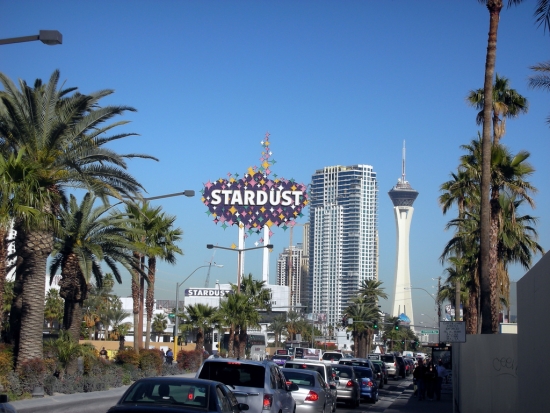The commercial property market in Las Vegas has a definite perk for investors: low prices. Office buildings, strip malls, warehouses and other commercial properties are being offered for sale at approximately 20 per cent below 2000 prices.

In other US markets, similar properties are priced 75 per cent higher, according to Glenn Mueller, a professor at the University of Denver’s school of real estate and construction management.
“I’d say to an investor, Las Vegas is a screaming buy,” Mueller said when addressing a commercial real estate symposium hosted by UNLV’s Lied Institute for Real Estate Studies.
Investors may be able to take advantage of lower asking prices, but the other side of the equation is that occupancy growth and rental rates trail those in other parts of the country.
If, as expected, Baby Boomers move into the area over the next few years, the commercial market could improve. Demand for medical, financial management and retail services may increase at that point, Mueller points out. In the meantime, business has a lot of ground to cover. Mueller said that the income potential “hasn’t picked up yet.”
Recently, national investment firms and out-of-state buyers flocked to the city attracted by its desirable pricing. They have made some bulk purchases of shopping centres, fast food properties, and office buildings.
Big markets, such as New York, Chicago and Los Angeles may be attractive but property in these locations comes with big price tags. The potential to roll the dice and take a risk to make some serious money attracts investors to the Las Vegas market in the same way tourists are attracted to The Strip.
In late September, Hines Interests, a Houston-based company, and Oaktree Capital Management from Los Angeles bought 32 office buildings in Summerlin. The two companies paid Chicago’s General Growth Properties approximately $120 million for the portfolio. The buildings, totaling 1.1 million sq ft, were about 50 per cent leased at the time.
In December, Inland Diversified Real Estate Trust acquired a majority stake in six shopping centers from Las Vegas developer Terri Sturm. The Illinois-based company paid close to $300 million in the transaction.
At present, the commercial real estate market remains sluggish, especially in the office building sector. The vacancy rate was 26.2 per cent in the three months ending March 31, up from 25.1 per cent 12 months earlier, according to figures released by Applied Analysis, a local research firm. In Q4 of 2012 Las Vegas had the highest office vacancy rate in the nation and tied with Cleveland for the fifth-highest retail vacancy rate.
The vacancy rate for anchored retail centers dropped to 9.8 percent from 10.4 percent. Average rents increased to $1.49 per square foot from $1.45. The vacancy rate in Q1 for industrial space was 17.2 percent, which was down from 17.9 percent 12 months ago. Asking rents were unchanged at $0.51 per square foot, according to Applied Analysis.
Rents have dropped over the last 15 months and are down 21.5 per cent from their peak, which was set in the second quarter of 2008.